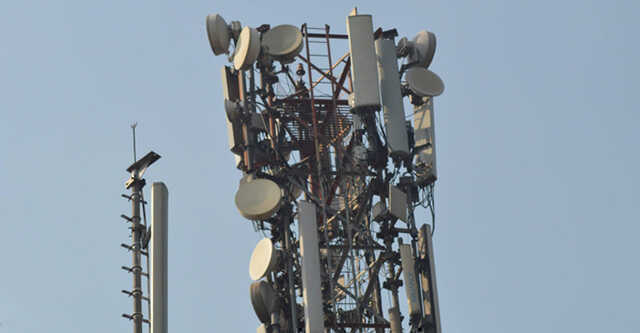
SatCom players meet DoT, other govt departments ahead of Draft Spacecom Policy


Industry body SatCom Industry Association (SIA India) proposed that the government come up with an investment-friendly regulatory fee structure and spectrum availability in the KA band (27.5 - 29.5 GHz) governed by the International Radio Regulations of the International Telecommunications Union (ITU) to encourage the SatCom sector in the country.
SIA India made the suggestions during a virtual meeting with secretary of Department of Telecom (DoT) Anshu Prakash on Monday.
The meeting was also attended by representatives from NITI Aayog, Department of Space, DRDO, Telecom Regulatory Authority of India (TRAI), academicians, as well as other industry players including Airtel backed OneWeb, telco players Bharti Airtel, BSNL, Jio Infocomm, as well as industry bodies such as Cellular Operators Association of India and Broadband India Forum.

The meeting was called by DoT on July 5 ahead of the new Draft Spacecom Policy to seek views on fostering local equipment manufacturing, use of indigenous components in the satellite gateways being installed by Indian licensees and to frame supporting regulatory framework to establish satellite gateways in India.
“The Secretary DoT had sought certain clarifications on the road ahead for the SatCom industry. During the consultative session with the Secretary - DoT, which was also attended by senior members from NITI Aayog, DoS, DRDO, TRAI, Industry and academia, we shared a detailed outline that will enhance the growth of the SatCom industry,” Anil Prakash, director general of SIA India in a statement issued by the organisation, said.
He added, “For the industry to grow rapidly, there is an immediate need to provide a level playing field and have regulations that are growth conducive for the industry and economically viable for both the industry and consumers.”

As part of their submission to the DoT, SIA India said, “The current regulatory environment hinders the interest of local and international players in investing in infrastructure facilities. A light touch regulation, single-window clearances etc. go a long way in inviting international players to establish and invest in the national infrastructure play.”
